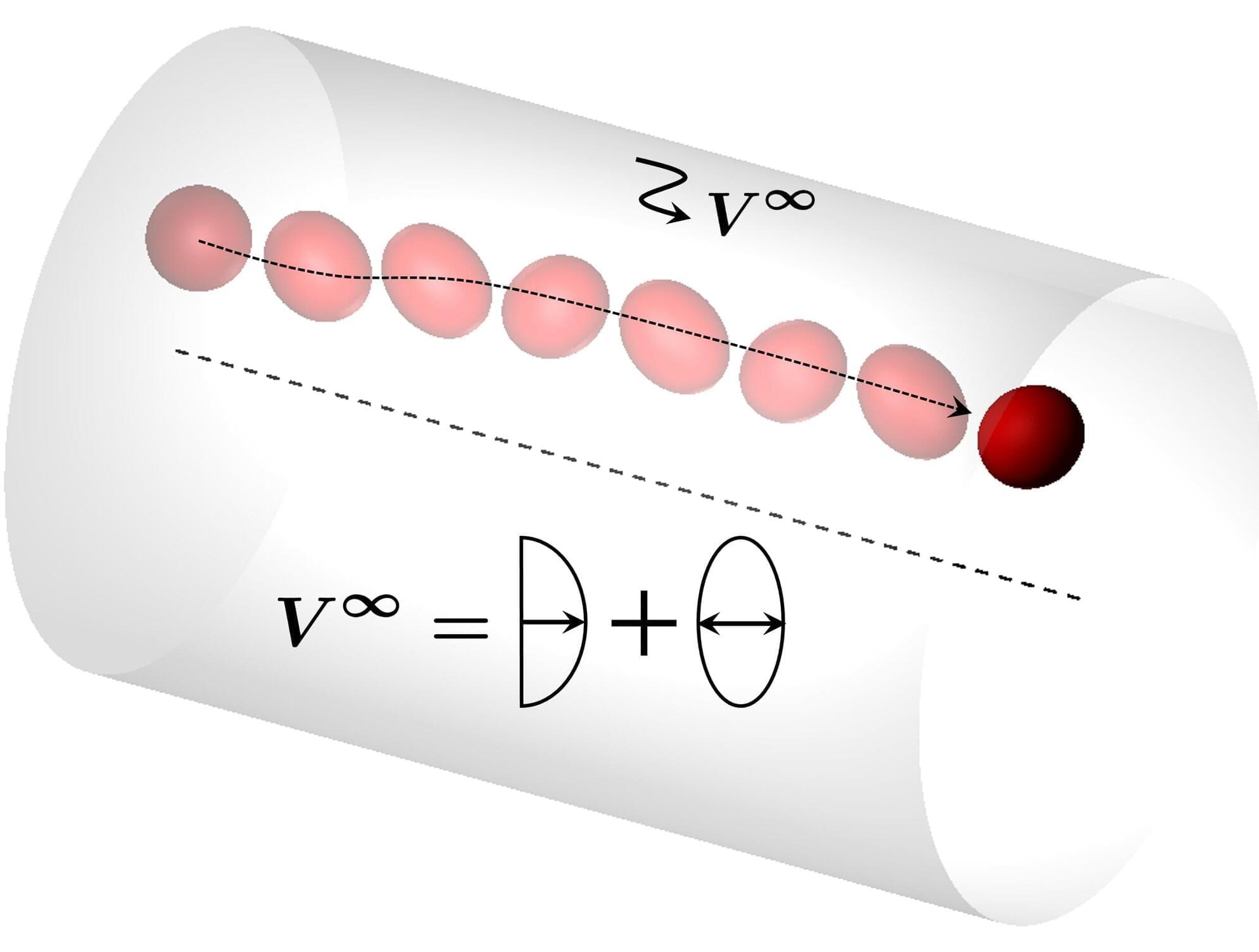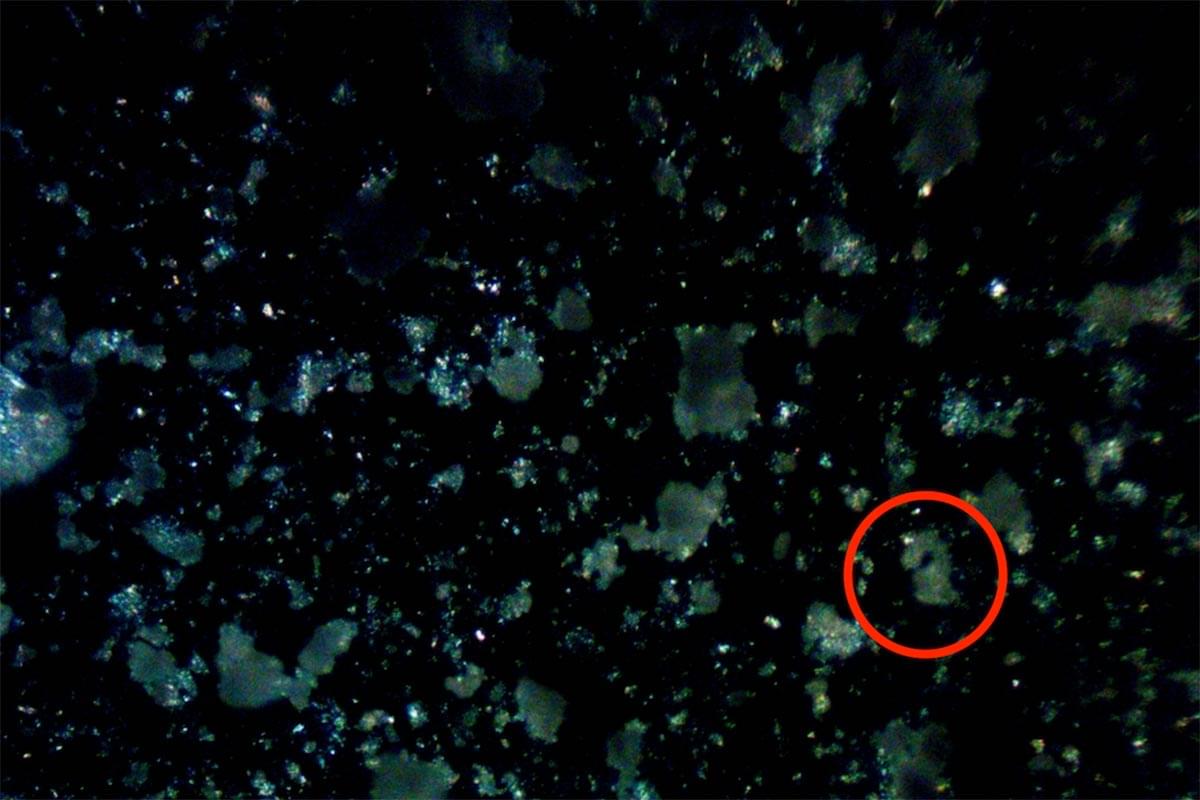Laser plasma acceleration is a potentially disruptive technology: It could be used to build far more compact accelerators and open up new use cases in fundamental research, industry and health. However, on the path to real-world applications, some properties of the plasma-driven electron beam as delivered by current prototype accelerators still need to be refined.
DESY’s LUX experiment has now made significant progress in this direction: Using a clever correction system, a research team was able to significantly improve the quality of electron bunches accelerated by a laser plasma accelerator. This brings the technology a step closer to concrete applications, such as a plasma-based injector for a synchrotron storage ring. The research group presents their results in the journal Nature.
Conventional electron accelerators use radio waves which are directed into so-called resonator cavities. The radio waves transfer energy to the electrons as they fly past, increasing their velocity. To achieve high energies, many resonators have to be connected in series, making the machines large and costly.









